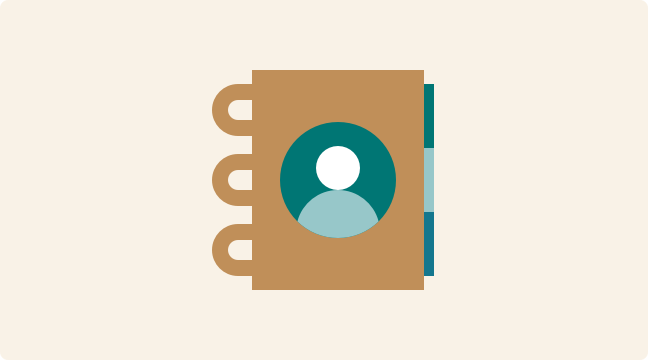September 26
Program Participants Receive Brainwave Feedback
Imagine 14 people all wired to EEG machines simultaneously and you get an idea of what happened this June at the TMI program Journeys: A Voyage to Happiness.
Each day program participants listened to the latest Spatial Angle Modulation™ (SAM) exercises created by TMI Director of Innovation Bob Holbrook while their EEG data was being recorded on a device known as the Mind Mirror. Under the direction of Judith Pennington from the Institute for the Awakened Mind and Mind Mirror practitioners Robin Bernhard and Laura Eichman, it took four Mind Mirror stations to accommodate the crowd. Everyone lay on zero-gravity lounge chairs or air mattresses in David Francis Hall listening to SAM meditation exercises on headphones while the Mind Mirror practitioners monitored EEGs and sketched brain frequency patterns.
After every session, the participants received individualized feedback based on their observed patterns. Participants also filled out questionnaires after each session regarding their subjective experiences. Subsequent to the program, all participants received detailed accountings of their brainwave pattern progressions for the entire course of the program.
In terms of running a residential program at TMI with large-scale EEG acquisition, much was learned. We wanted the EEG activities to be a positive influence on the program while yielding research-quality data.
How did this work out? According to Judith—
“In terms of personal insights, profound realizations, and statistical increases in the Awakened Mind, Evolved Mind, and/or Gamma Synchrony brainwave patterns, all 14 participants benefitted from Journey to Happiness. Everyone reported feeling more balanced, coherent, grounded, and/or happier. The highest gamma producers and a few of the lowest gamma producers reported that the training gave them a new lease on life.”
In terms of running a residential program at TMI with large-scale EEG acquisition, much was learned. We wanted the EEG activities to be a positive influence on the program while yielding research-quality data. The Mind Mirror EEG system proved to be ideal for this application for several reasons—
- The Mind Mirror practitioners provide human guidance for the participants in the world of frequency-based brain electrical patterns. In the post-session debriefings, the practitioners were able to describe the patterns they observed for the participant and explain how they correlated to the database of patterns accumulated by the Mind Mirror community.
- The Mind Mirror uses wet EEG electrodes (thus maintaining the research-quality aspect) but only four of them on the scalp. The location of the electrodes minimizes muscle interference (from, for example, forehead tension), which is important for gamma frequency research. The “wet” aspect of electrode paste is a small nuisance, but participants turned it into a game of “cosmic hairdresser” and applied electrodes to each other.
- The Mind Mirror records data as raw voltages directly from the electrodes, which enables all kinds of further processing. The processing used by the practitioners is a classic frequency spectrum, with left and right hemispheres displayed side by side. For TMI research we can use the pattern statistics provided by the Mind Mirror software, and also export the EEG data to other types of analysis platforms if so desired.
Everyone responded to the SAM frequencies by producing consistent surges of gamma in the 35-45 hertz (Hz) Gamma Synchrony range and some in much higher frequencies.
One of the goals of the Happiness program was to encourage gamma brainwave frequencies through use of the SAM frequencies that Bob Holbrook mixed into the audio exercises. Judith explained—
Everyone responded to the SAM frequencies by producing consistent surges of gamma in the 35-45 hertz (Hz) Gamma Synchrony range and some in much higher frequencies.
Because of the SAM frequencies and/or the cumulative effects of the training, everyone increased their statistical scores during the Closing Baseline in one or more of the [following] three brainwave patterns measured:
- the Awakened Mind of creative flow and peak performance;
- the Evolved Mind of unity consciousness; and/or
- the Gamma Synchrony of the superconscious mind.
Discovery: You Are More Than Your Physical Body.
In addition to the statistical pattern analysis performed by the Mind Mirror practitioners, we’re researching other types of data processing that could be complimentary. Numbers are being crunched. As soon as the data is available in a comprehensible form, we will share it all with you.
Now that we know mass EEG recording can be accomplished at a TMI residential program, we will do it again in the first week of December during a new program called Discovery: You Are More Than Your Physical Body. Discovery will feature innovative SAM exercises created by Bob Holbrook, with the intention of encouraging out-of-body, remote viewing, or lucid dreaming experiences that result in the retrieval of accurate information.
The Discovery Program will focus on verifying and validating out-of-body experiences, remote viewing, and lucid dreaming.
It should be very interesting to see what the EEGs are showing during those sessions!
Be a part of this groundbreaking research at TMI.
Enroll in the 5-Day/6-Night Discovery course.
For more information about the programs and products mentioned in this article visit our programs section or the store.
Note: Hemi-Sync® is a registered trademark of Interstate Industries Inc., dba Hemi-Sync®.
Don't Wait! Sign up for Gateway Voyage today.
Learn MoreRoss Dunseath, PhD
Monroe Research Coordinator



